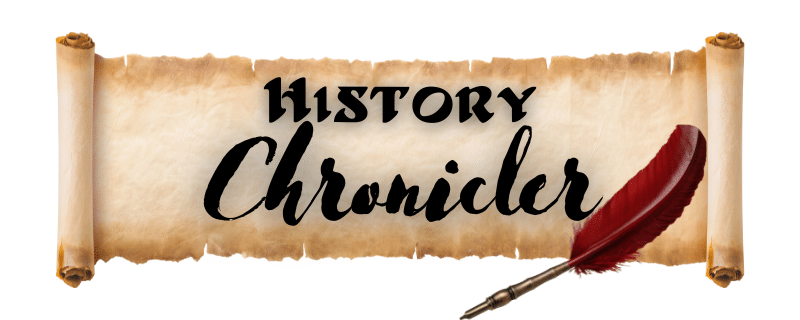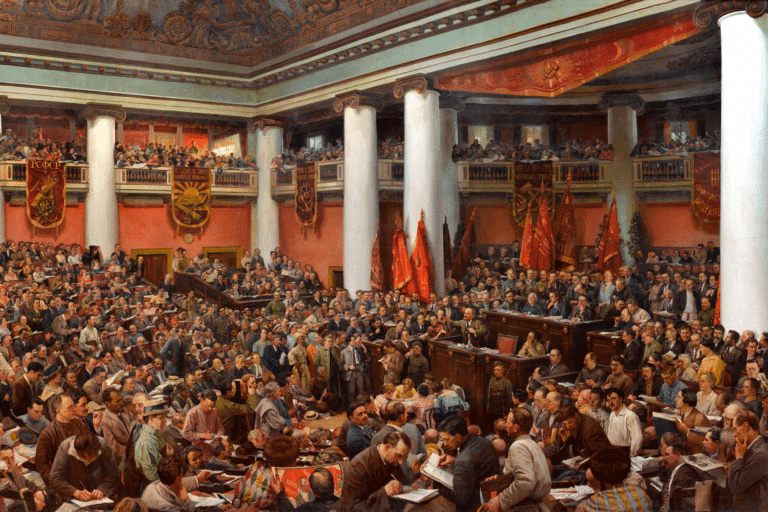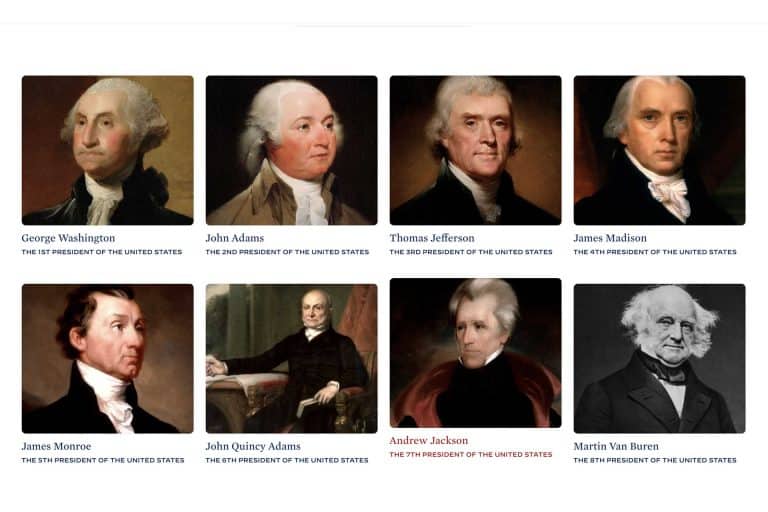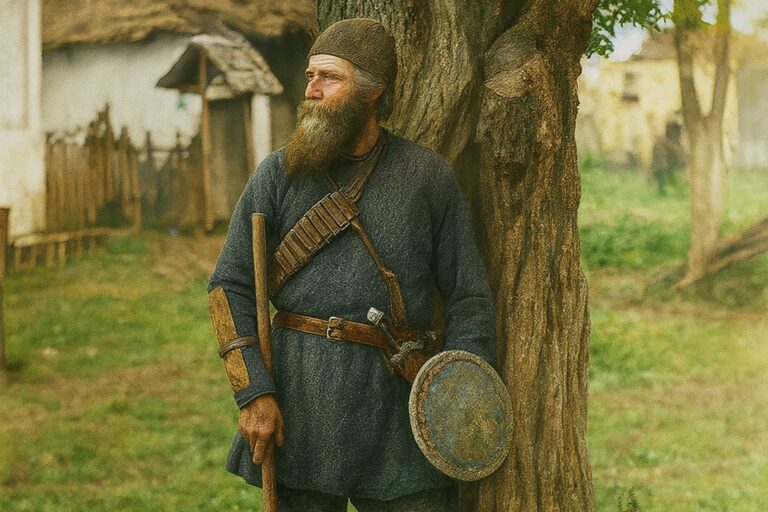A Brief History of the Boer War: Participants, Battles, and Legacy
The Boer War, a monumental clash at the turn of the 20th century, was a veritable fulcrum of history that decisively shaped the destiny of South Africa. A crucible of geopolitical and cultural rivalries, the war was an explosive culmination of the simmering tensions between the British Empire and two Boer Republics. The stakes were high – control over the fertile veld of South Africa, teeming with diamonds and gold, and the promise of power and prosperity.
Detailed Analysis of the Boer War Participants
The Boer Republics
The main protagonists on one side of this war were the two Boer Republics – the South African Republic, often referred to as the Transvaal, and the Orange Free State. The Boers, largely of Dutch, French, and German ancestry, were fiercely independent settlers who had carved out these republics following the Great Trek in the mid-19th century. Driven by the desire to maintain their unique cultural identity and political autonomy, the Boers found themselves at odds with the expansionist British Empire.
The British Empire
On the other side was the British Empire, one of the most formidable global powers of the time. The Empire’s interest in South Africa was twofold. First, the Cape Colony provided strategic control over the sea route to India, its prized colonial possession. Second, the discovery of diamonds in Kimberley and later, gold in the Witwatersrand, made the region an enticing prospect for economic exploitation.
Native African Tribes and Global Powers in the Boer War
This war was not just a binary conflict. African tribes like the Zulu, Xhosa, and others, were co-opted into the conflict. Their participation ranged from serving as scouts, laborers, and even soldiers in Boer and British armies to fighting for their own political gains.
Furthermore, the Boer War attracted the attention of other global powers. Canada, Australia, and New Zealand, as part of the British Empire, sent contingents to aid the British. Countries like France, Germany, and Russia also closely watched the unfolding conflict as it affected their own imperial interests.

The First Phase: Boer Offensive
The Boers were the first to strike, in October 1899, launching sieges on important British strongholds – Ladysmith, Kimberley, and Mafeking. They aimed to quickly drive the British out before they could bring their vast resources to bear. During the Siege of Mafeking, Colonel Robert Baden-Powell withstood a 217-day blockade by superior Boer forces. The casualty count was significantly higher on the Boer side, with about 600 men lost compared to around 100 on the British side.
Turning the Tide: The Battle of Paardeberg
In February 1900, the tide of the war turned with the Battle of Paardeberg. Here, British forces, led by Field Marshal Lord Roberts, trapped General Piet Cronjé and his Boer soldiers on the banks of the Modder River. After ten days of intensive fighting, Cronjé surrendered, marking a crucial victory for the British. The British sustained heavy losses, with more than 1,200 men killed, while Boer casualties numbered around 350.
British Counteroffensive and Boer Guerrilla Tactics
After the Battle of Paardeberg, the British seized momentum. By June 1900, they had taken control of Johannesburg and Pretoria, the capital of Transvaal. Yet, this marked only the end of conventional warfare. The Boers, rather than capitulating, resorted to guerrilla tactics under leaders such as Louis Botha, Jan Smuts, and Koos de la Rey. This shift in strategy led to a protracted war and increased the British casualty count.

Scorched Earth Policy and Concentration Camps
In response to the Boer’s guerrilla tactics, the British, under Lord Herbert Kitchener, implemented a ‘scorched earth’ policy. They burned Boer farms, killed livestock, and relocated non-combatants to concentration camps. The strategy aimed to disrupt Boer supplies and demoralize the population. However, the appalling conditions in the camps led to high civilian mortality rates, with about 28,000 Boers, most of them women and children, and an estimated 14,000 African laborers dying in these camps.
The Treaty of Vereeniging and Aftermath of the Boer War
The Boer war concluded with the Treaty of Vereeniging on May 31, 1902. The Boers acknowledged British sovereignty over their republics in return for self-governance in local matters, amnesty for the war combatants, and £3 million for farm reparations. The war marked the end of the independent Boer republics but laid the groundwork for the Union of South Africa in 1910.

The Boer War left a significant impact on both South Africa and the British Empire. The conflict and its aftermath fed into the creation of the Union of South Africa, the precursor to modern South Africa. For the British Empire, the war was an uncomfortable mirror, reflecting the moral and financial cost of maintaining an empire.
In conclusion, the Boer War was a defining chapter in South African history, marking a seismic shift in the region’s political landscape. Its legacy, much like the gold and diamonds that initially ignited the conflict, continues to shape and influence the course of South Africa’s evolving story.







